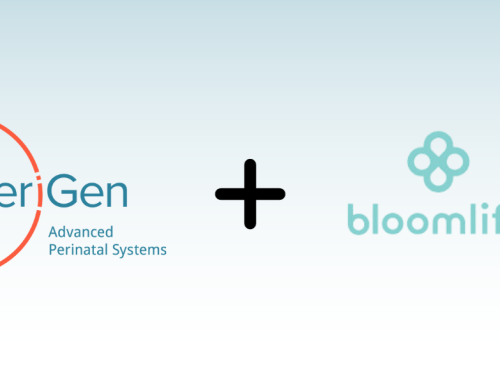[metaslider id=5640]
With advances in healthcare and fetal monitoring software accelerating, many hospitals are considering replacing their existing fetal monitoring system. The choice can be daunting, time-consuming, and expensive. Following are suggestions and tips compiled from top technology consultants and perinatal clinicians on evaluating and choosing a fetal surveillance system that meets your specific needs.
1. Put together a balanced selection team
The fetal monitoring system you choose will impact not only your patient care quality and safety, but may impact your team’s workflow, productivity, EHR data-gathering, and core success metrics. Put together an evaluation team comprised of individuals with direct responsibility over these areas led by a “change champion,” someone who can keep the group organized, enthusiastic, productive, and open to available options.
2. Establish priorities and goals
Define exactly what you expect the new fetal monitoring system to measurably improve and, then, place these goals in priority order. Remember that each member of the team will have a perspective on these goals, so building a consensus may be challenging, but important for success.
3. Review current clinical and operational workflows and identify potential improvements
Make sure your entire selection team is familiar with how your current fetal monitoring system and processes work. Go beyond the clinical to examine how perinatal information flows from and to your EHR and review the flow of paper, charting, communication patterns, and decision-making protocols that go with labor & delivery.
4. Make sure that team members have a working knowledge of fetal monitoring software features and capabilities
Some of you team may never have seen your existing fetal monitoring system and processes in action. Demonstrating the current system and then distributing literature about fetal surveillance advances and system helps build a shared understanding of what’s possible — and what’s not. In fact, based on this data-gathering, many team find themselves re-examining their goals and priorities.
5. Define your system and vendor requirements
Establish exactly what clinical and technical features are a must for you and then develop second, third, and, if necessary, fourth “tiers” of capabilities. Document the level of implementation and service you’d like. These are best delineated by using service “cases” and “what if” scenarios. Don’t omit financial requirements such as purchase and operating budget guidelines and desired financing arrangements.
6. Gather and review published vendor comparisons to develop a list of potential partners
With your requirements at hand, you’re now ready to identify a short list of vendors who best match them. Use third-party comparisons where available and supplement this data with vendor marketing literature. Match each systems capabilities to the points listed on your requirements documents and pick the best matches.
7. Check references
Contact at least three-five vendor client sites that are using the system in a live environment. Develop a questionnaire that will yield answers to how capable the vendor will be to meet your clinical, operational, financial, and service requirements.
8. Visit a client site
Review how the system is used in a live environment. When you do, compare the workflow in view with your existing or planned processes. Ask questions about implementation that will show you what to expect.
9. Reconfirm key issues and understanding
Once you’ve checked references and visited a client site, your selection team will still have some outstanding “wish list” items. Ideally, these will be requirements originally placed in the third-fourth tiers of importance, but outstanding issues may include financial arrangements and implementation strategies. Outline these in writing and request that answers be provided in writing as well, along with a confirmation that the original estimated pricing still stands and includes a reliable set of quotes that covers all components discussed and viewed during demonstration. The goal for this step is to set the baseline for price negotiation and help protect against unexpected add-on fees.
10. Make your choice with confidence
Your due diligence pays off! Your team has gathered the data they needed to compare their options and identify the solution that best matches their top, prioritized needs. Because the decision is shared among key stakeholders, implementation and adoption are more likely to go smoothly.








